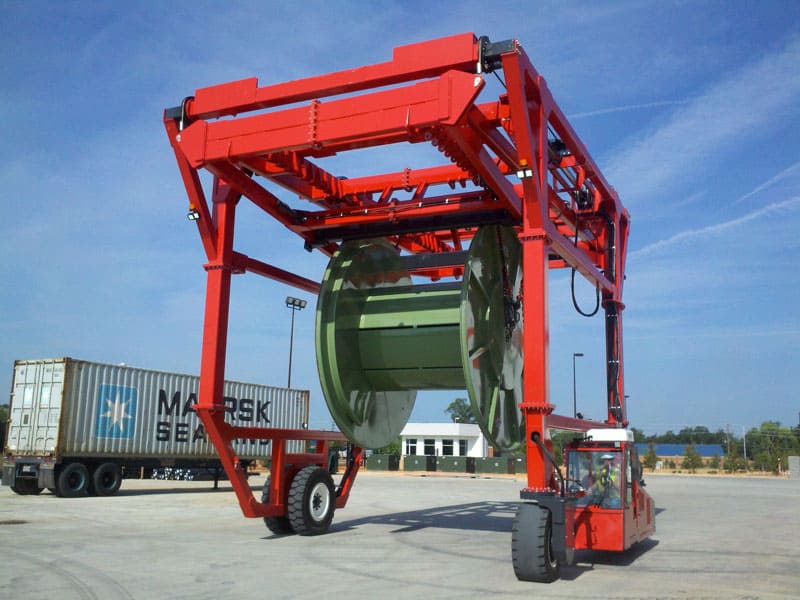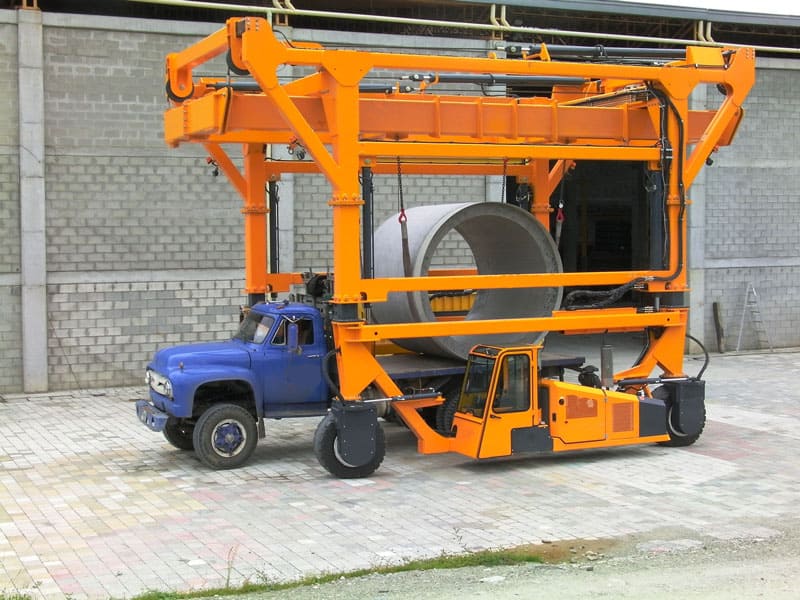Straddle carriers, also known as straddle trucks, are essential in heavy lifting and transportation tasks in various industrial settings, particularly in shipping yards and logistics centers. The load capacity of a straddle carrier varies widely, with capacities generally ranging from tens to hundreds of tons, depending on design and specific operational needs. Understanding the factors that affect a straddle carrier's load capacity can help operators make informed decisions and optimize performance.
Frame and Chassis Design
The structural strength and stability of the frame and chassis directly impact the load capacity of a straddle carrier. Models with reinforced frames and durable, high-tensile materials can handle higher weight limits. The rigidity of the frame is essential for maintaining balance, particularly under heavy loads. Additionally, the chassis design is important for stability and weight distribution, especially when transporting loads over uneven surfaces or at higher speeds.
Wheel and Suspension Systems
The wheel setup and suspension system also influence the load capacity of straddle carriers. Straddle carriers with larger or reinforced tires, capable of withstanding higher loads, can typically manage heavier loads. The suspension system also plays a crucial role, absorbing shock and maintaining stability when moving across varied terrains. A well-designed suspension system ensures that the load is evenly distributed across the tires, enhancing both capacity and safety.


Power and Drive System
The power and drive systems must match the carrier’s intended load capacity. Powerful engines, paired with robust drive systems, allow for consistent performance even under heavy loads. Electric drive systems have become popular in modern straddle carriers for their efficiency and eco-friendliness, while still providing substantial power for high load capacities.
Straddle Carrier Size Classification
Different sizes of straddle carriers are suited to different load capacities. Small carriers typically handle 30 to 50 tons and are suitable for lighter or smaller containers. Medium-sized carriers are designed for standard container sizes, with capacities generally ranging from 40 to 65 tons. Large carriers, intended for oversized containers and heavy cargo, can support up to 80 tons or more, with specialized models capable of reaching over 100 tons.
In conclusion, the load capacity of straddle carriers depends on several interrelated factors, including frame design, tire and suspension system, and the power of the drive system. By selecting a carrier that aligns with specific operational requirements, businesses can ensure both safety and efficiency in material handling operations.
Post time: Nov-01-2024









